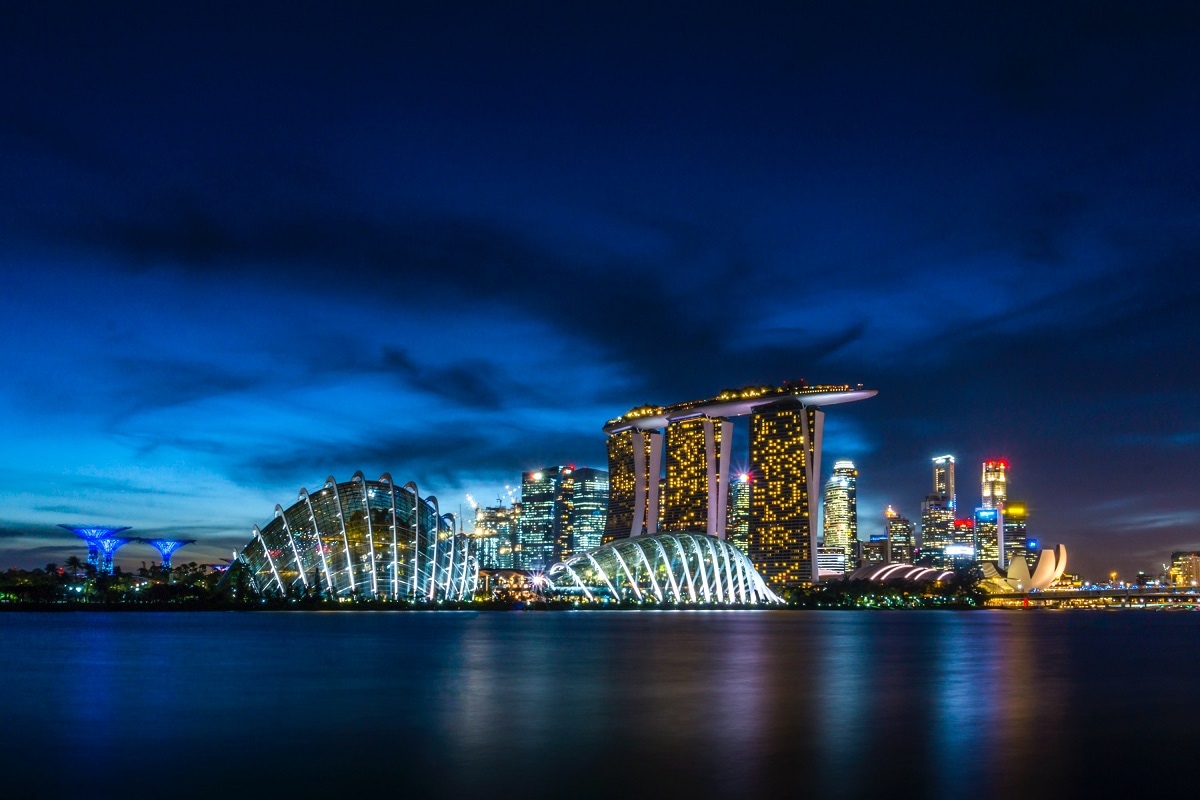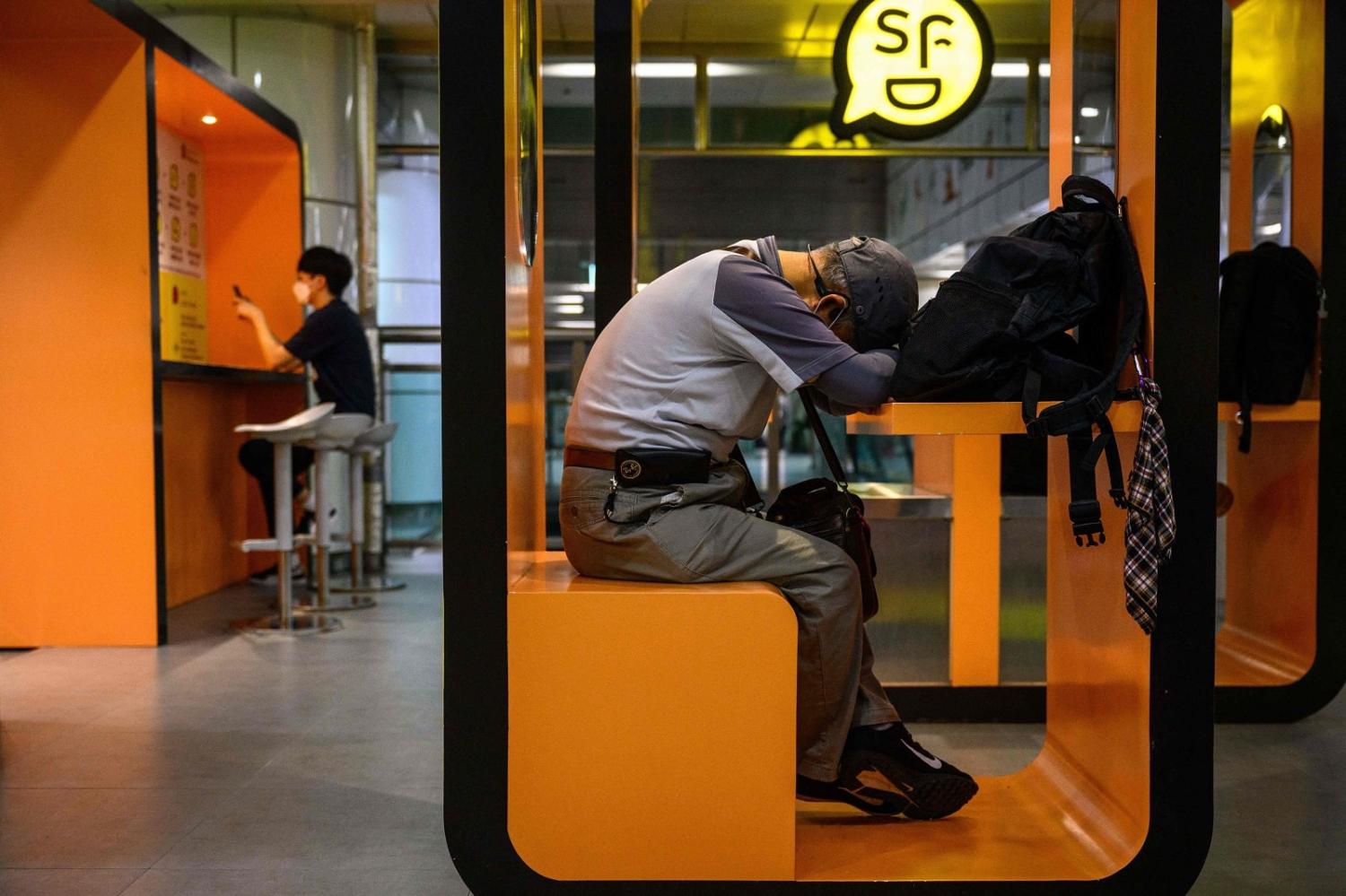During the late 1980s and early 1990s, debates about East Asian miracle economies were centred on the secrets of their success. Unlike most industrialised nations, they managed to grow without spending much on welfare.
Some pointed to East Asia’s unique cultural traits, particularly the role of family. It was argued that due to strong familial ties, intra-family transfers more or less substituted the role of state welfare. But families are getting smaller and evidence suggests that private transfers in East Asia are not equivalent to public welfare and there are high levels of old-age poverty in the region.
Between 1980 and 2020, the bottom 50 per cent share of pre-tax national income in East Asian economies shrank. South Korea and Taiwan experienced a particularly dramatic reduction of more than seven per cent. At the same time, the middle class in East Asia became smaller. Expressed as the middle 40 per cent of national income, the proportion of individuals now regarded as “middle class” in Japan, South Korea and Singapore is below 40 per cent, lower than in the United States, Germany and Sweden.
Changes in attitudes as to whether hard work leads to success are reflected in the fact that East Asia’s level of social mobility is no better than elsewhere. Opinion surveys conducted in 2018 and 2020 showed that the percentage of people who believed that “hard work usually brings a better life in the long run” had declined in East Asian economies, with South Korea recording the biggest drop from 53.7 to 30.4 per cent, followed by Hong Kong and Taiwan from 60 to 48.6 and from 57.6 to 49 per cent, respectively. Other economies in the region also experienced a drop, albeit not as dramatic. As for social mobility, it is expected to take four or five generations for the offspring of a family at the bottom ten per cent to reach the mean income in Japan and South Korea. In comparison, it is expected to take two to three generations for most Nordic countries. Singapore’s social mobility is not much better than the United Kingdom’s and worse than in Germany and France. Given that Singapore has long been considered a society where meritocracy is the governing principle, this is significant.

Singapore is one of the high-performing and rich economies in the region, but it openly refuses to be recognised as a redistributive welfare state – a model that relies on sharing money fairly between rich and poor. Social security programs are explicitly designed not to be adequate and there are neither unemployment benefits nor minimum wages. Around the time of the global financial crisis in 2007–08, Singapore experienced the peak of its income inequality. In the 2011 election, the ruling People’s Action Party gained the lowest share of the popular vote since Singapore’s independence. In 2013, both the prime minister and the finance minister highlighted the greater need for collective responsibility, “to share the risks through a stronger social safety net”. This acknowledgment is important given Singapore’s long-standing emphasis on family responsibility and self-help.
The same cannot be said about Hong Kong, which is often compared to Singapore for its residual welfare model. Hong Kong’s GDP per capita in purchasing power parity terms is the second-highest in the region behind Singapore’s, but its social expenditure remains the lowest in the region. Even with the increase in inequality and decline in meritocracy, social programs in Hong Kong continue to highlight the “innate local values of concern for the family, commitment to self-improvement, self-reliance, mutual support and generosity, [and] reluctance to be dependent on ‘welfare’”.
Changes in deep-seated beliefs about the role of family and the ideal of self-reliance are arguably more likely in societies where political authorities are regularly and frequently challenged. Indeed, both South Korea and Taiwan show greater financial commitments to welfare than Hong Kong and Singapore, although they are still substantially lower than the Organisation for Economic Co-operation and Development (OECD) average. After decades of authoritarian rule, South Korea’s social expenditure has been growing at one of the fastest rates in the OECD, although its starting position was so far behind other countries that it still remains low. With similar levels of social spending, its richer neighbour Taiwan has maintained its steady pace of welfare expenditure in line with its economic growth rate.
Contrary to the expectation that economic development would eventually push these countries to spend more on welfare, Japan remains the only economy in the region that spends the comparable level to other member nations of the OECD on welfare, even though other East Asian economies have become as rich, if not richer.
This article is drawn from a paper published by Melbourne Asia Review, Asia Institute, University of Melbourne.

